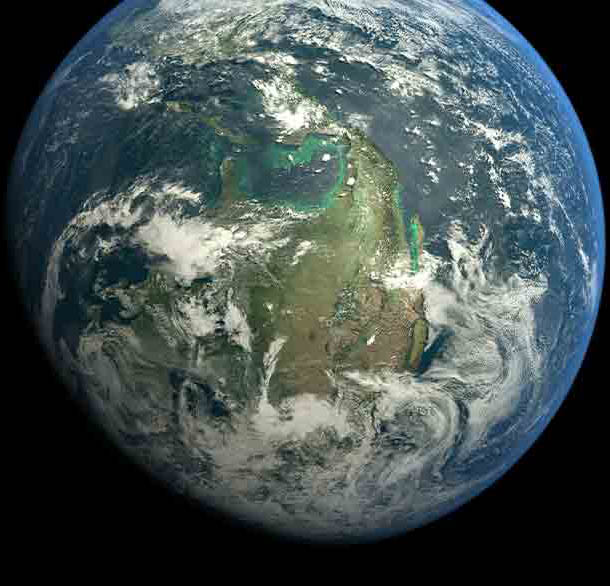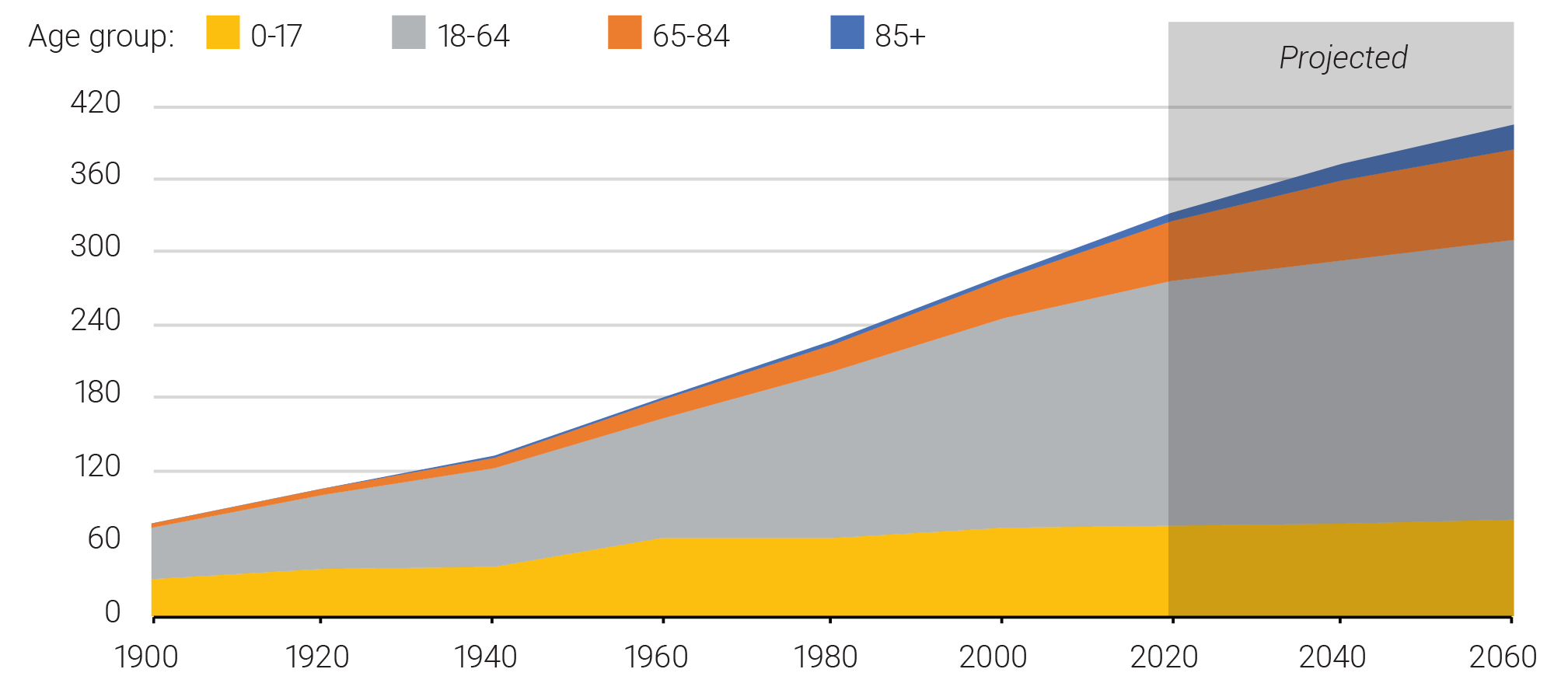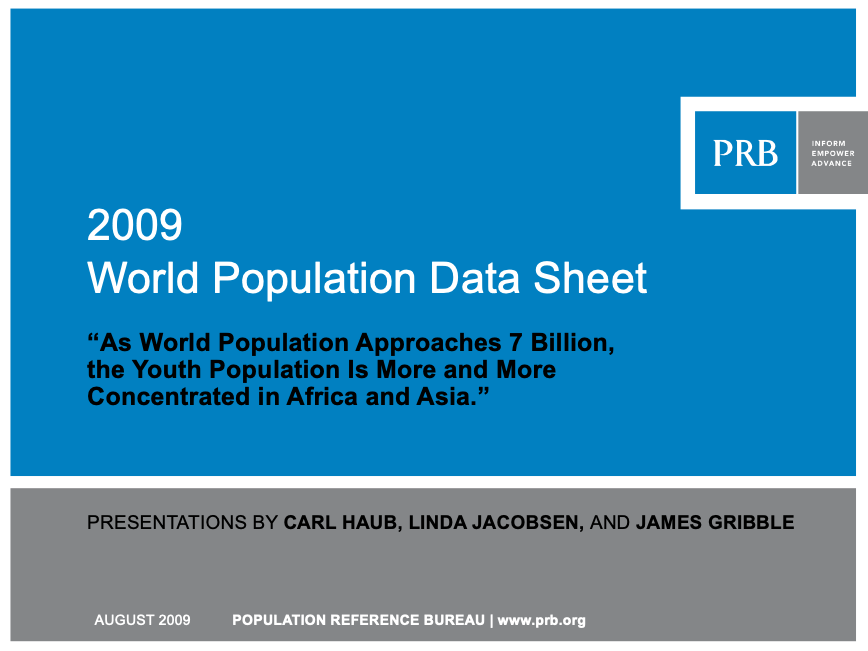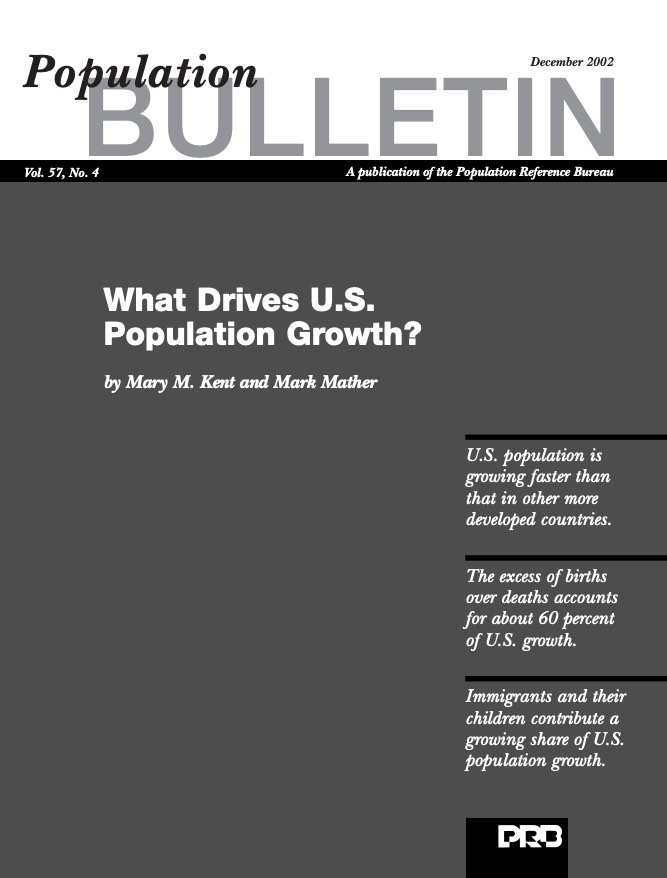How Many People Have Ever Lived on Earth?
The global population milestone of 8 billion represents nearly 7% of the total number of people who have ever lived on Earth.

The global population milestone of 8 billion represents nearly 7% of the total number of people who have ever lived on Earth.
(2010) Although sharing a land border with Greece and just across the Adriatic Sea from Italy, Albania was socially and politically isolated from the rest of Europe when it emerged from Soviet influence in the early 1990s.
Food security is at the top of the list of Millennium Development Goals (MDGs) with the goal of eradicating poverty and hunger.

The current growth of the population ages 65 and older is unprecedented in U.S. history and has important implications for policymakers.
(2013) The youth population in sub-Saharan Africa is increasing rapidly. Nearly one in three people living in the region, or about 297 million, is between the ages of 10 and 24.

(August 2009) The Population Reference Bureau released its 2009 World Population Data Sheet on Aug. 12, 2009, at the National Press Club in Washington,DC with presentations highlighting children and youth, the theme of this year's data sheet.

(2002) The U.S. population is growing as fast as or faster than any other more developed country. Between 1990 and 2000, nearly 33 million people were added to the U.S. population—a group nearly as large as Argentina's population, and the greatest 10-year increase ever for the country.